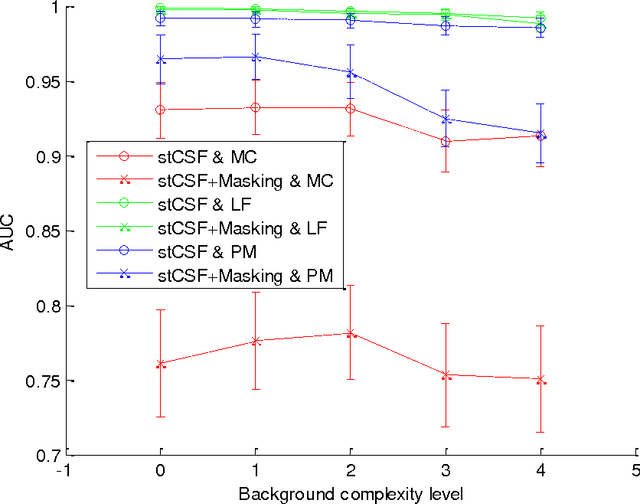Albert Xthona
Aging display's effect on interpretation of digital pathology slides
Jun 30, 2015Abstract:It is our conjecture that the variability of colors in a pathology image effects the interpretation of pathology cases, whether it is diagnostic accuracy, diagnostic confidence, or workflow efficiency. In this paper, digital pathology images are analyzed to quantify the perceived difference in color that occurs due to display aging, in particular a change in the maximum luminance, white point, and color gamut. The digital pathology images studied include diagnostically important features, such as the conspicuity of nuclei. Three different display aging models are applied to images: aging of luminance & chrominance, aging of chrominance only, and a stabilized luminance & chrominance (i.e., no aging). These display models and images are then used to compare conspicuity of nuclei using CIE deltaE2000, a perceptual color difference metric. The effect of display aging using these display models and images is further analyzed through a human reader study designed to quantify the effects from a clinical perspective. Results from our reader study indicate significant impact of aged displays on workflow as well as diagnosis as follow. As compared to the originals (no-aging), slides with the effect of aging simulated were significantly more difficult to read (p-value of 0.0005) and took longer to score (p-value of 0.02). Moreover, luminance+chrominance aging significantly reduced inter-session percent agreement of diagnostic scores (p-value of 0.0418).
It is hard to see a needle in a haystack: Modeling contrast masking effect in a numerical observer
Aug 05, 2014



Abstract:Within the framework of a virtual clinical trial for breast imaging, we aim to develop numerical observers that follow the same detection performance trends as those of a typical human observer. In our prior work, we showed that by including spatiotemporal contrast sensitivity function (stCSF) of human visual system (HVS) in a multi-slice channelized Hotelling observer (msCHO), we can correctly predict trends of a typical human observer performance with the viewing parameters of browsing speed, viewing distance and contrast. In this work we further improve our numerical observer by modeling contrast masking. After stCSF, contrast masking is the second most prominent property of HVS and it refers to the fact that the presence of one signal affects the visibility threshold for another signal. Our results indicate that the improved numerical observer better predicts changes in detection performance with background complexity.
 Add to Chrome
Add to Chrome Add to Firefox
Add to Firefox Add to Edge
Add to Edge